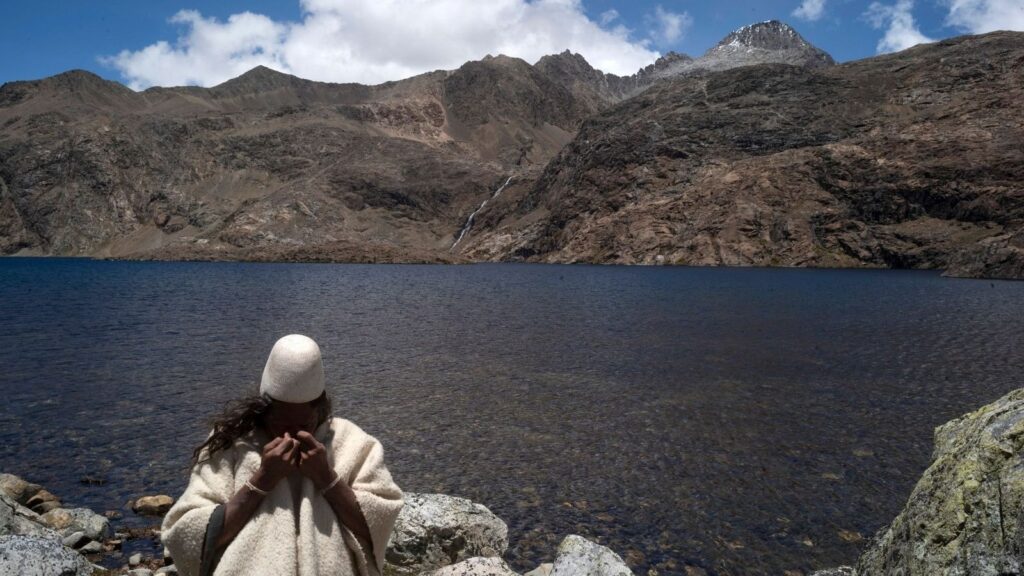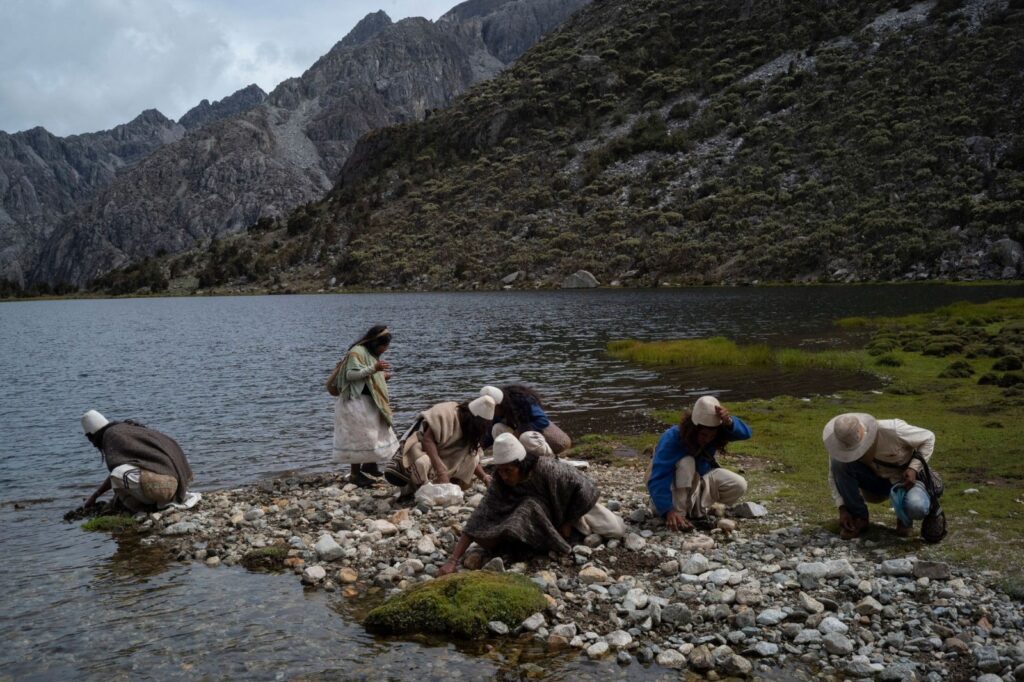SUMMARY
The Sierra Nevada de Santa Marta in Colombia is home to the Narakajmanta indigenous community, made up of 500 families, who have been involved in a series of adversities caused by the regional conflict with armed groups. These challenges have directly compromised their secure access to vital resources such as water and energy. The figures are alarming: 95% of the community have had forced interactions with armed groups and 60% have faced direct violence.
The heart of this project lies in reducing incidents of violence against the Narakajmanta community by 95%, using as a strategy to guarantee energy and water security. This is proposed through the promotion of self-sufficiency and a vision focused on sustainability. The technical backbone of the project consists of two essential elements. First, the installation of 20 solar panels of 450W each is projected, adding a total capacity of 9kW. With an average of 5 effective hours of sun per day, the energy generated should reach 45kWh per day. Although, considering unavoidable losses in conversion and transmission, the project has a conservative calculation of 43kWh per day to feed the system. The second component is an optimized hydraulic pump, specifically designed to be powered by solar energy. This pump will be responsible for meeting the community’s water needs, with a distribution goal of 15,000 liters per day, based on an estimated consumption of 50 liters per person.
However, the success of any technical project lies in its integration with the community. For this reason, an intensive training program has been planned for the members of the community in the operations and maintenance of the system. In addition, the creation of a Water Committee is proposed, made up of representatives of the Narakajmanta community. This committee will not only serve as supervisors of the system, but will also be in charge of its long-term management and maintenance. The anticipated impact of the project is significant. Providing a reliable and autonomous water supply system has the potential to relieve the community of the need to venture into risky areas, directly minimizing their exposure to danger. In addition, by placing the management and supervision of the system in the hands of the community, they are empowered, reinforcing their autonomy and self-determination. In conclusion, the Narakajmanta Community Energy-Water Security Project is a holistic solution that addresses both the technical and social needs of the community. While seeking to cover their basic needs, it also focuses on strengthening and empowering the community, so that they can take charge of their future, in an environment of greater security and sustainability. This is an investment not only in infrastructure, but in the resilience and well-being of the 500 families of Narakajmanta.
Key words: Narakajmanta indigenous community, climatic change, water insecurity, energy insecurity




